Non-contact Tissue Viability Assessment (NTVA)
Imaging device to guide surgical tissue excision to treat wounds
Medical Need:
Selecting the level of debridement sufficient to minimize inflammation and determining the optimal treatment in a timely fashion is critical given the risks of infection and sepsis. Skin grafting success is dependent on the removal of all necrotic tissue and requires the presence of highly vascularized granulation tissue.
The goal of early debridement for grafting is to remove all the devitalized tissue for skin grafting until only granulation tissue remains. During an excision procedure, several layers of burned tissue are excised until the viable wound bed is reached, as evidenced by capillary bleeding. Although bleeding is typically assumed to mean the tissue is viable, this method is subjective and imprecise because it relies on visual inspection that doesn’t preclude the possibility that some necrotic tissue will be inadvertently left in the wound site.
Non-contact Tissue Viability Assessment (NTVA) proposes a non-invasive, non-contact, and easy to use diagnostic imager based on near infrared (NIR) light that will promptly allow surgeons to quantitatively assess the tissue health, thus providing objective metrics to support and guide tissue excision. This system will provide a reliable and technology for combat casualty burn wound at role of care 4 that also has potential for fielding further forward.
Disclaimer: This work is supported by the US Army Medical Research and Materiel Command under Contract No. W81XWH-17-C-0169. The views, opinions and/or findings contained in this report are those of the author(s) and should not be construed as an official Department of the Army position, policy or decision unless so designated by other documentation.
(Award W81XWH-17-C-0169 is titled: “Non-contact Tissue Viability Assessment (NTVA)”)
Product under development, not yet FDA approved

